Offshore Network
Development Plans
Paving the way towards an integrated
onshore-offshore system planning
Key messages
Download ONDP reports
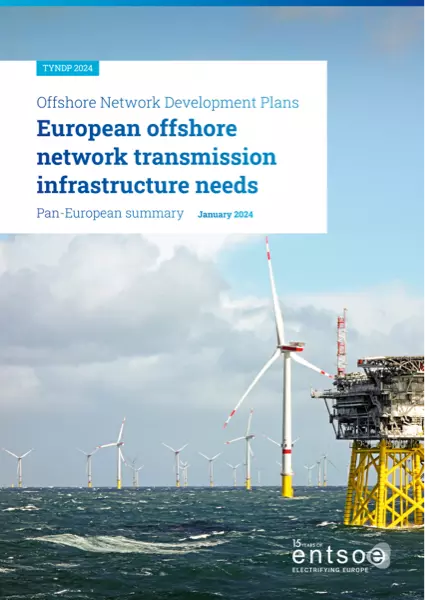
European offshore network transmission infrastructure needs
Read the report
Download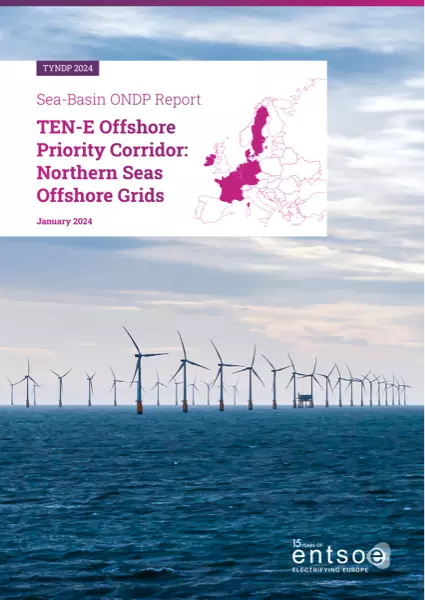
TEN-E Offshore Priority Corridor: Northern Seas
Read the report
Download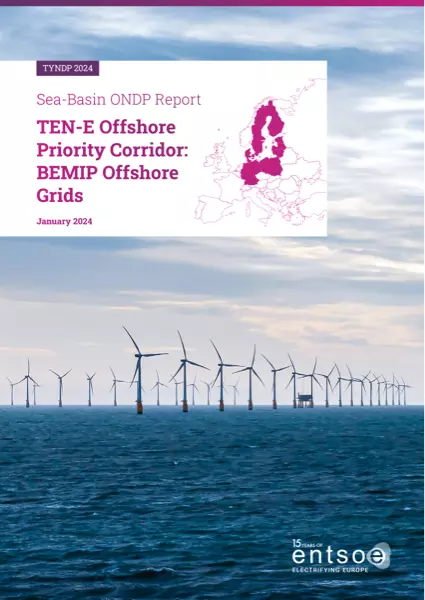
TEN-E Offshore Priority Corridor: BEMIP Offshore Grids
Read the report
Download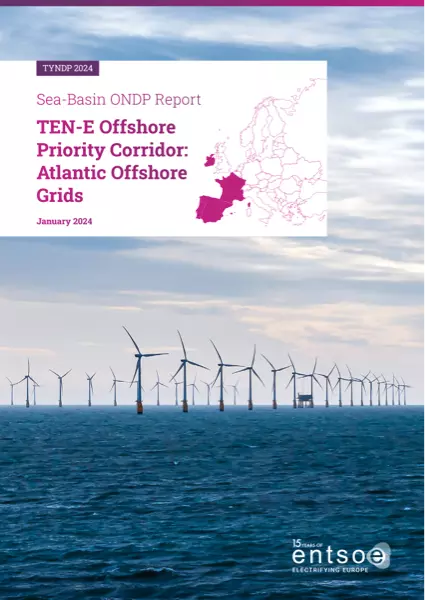
TEN-E Offshore Priority Corridor: Atlantic Offshore Grids
Read the report
Download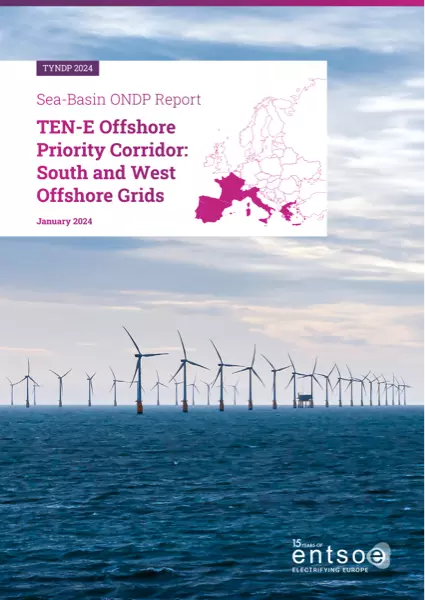
TEN-E Offshore Priority Corridor: South and West
Read the report
Download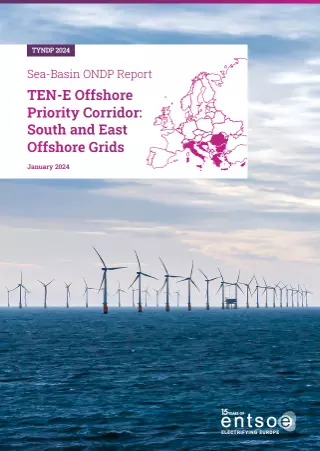
TEN-E Offshore Priority Corridor: South and East
Read the report
Download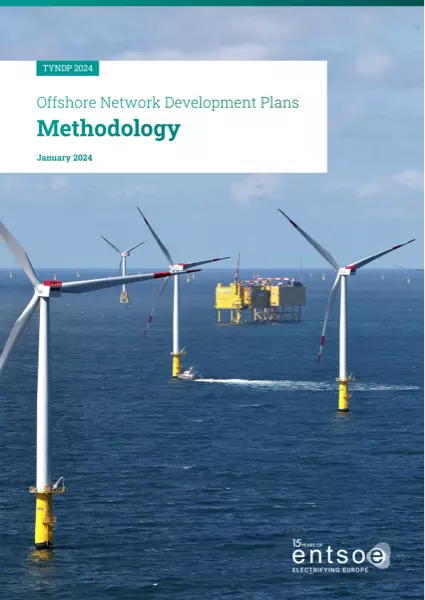
Methodology
Read the report
Download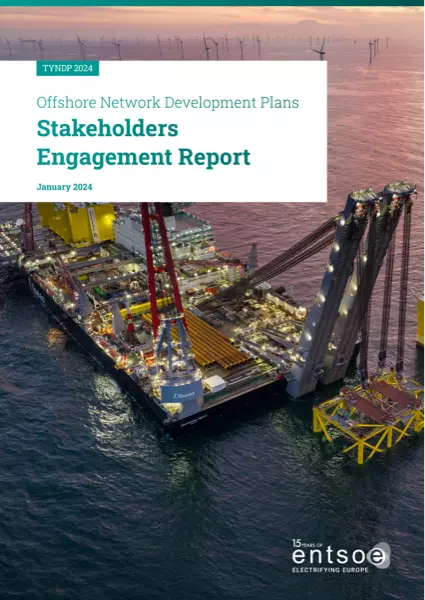
Stakeholders Engagement Report
Read the report
Download
TYNDP 2024 Offshore Network Development Plan - Q&A
What is the Ten-Year Network Development Plan?
The Ten-Year Network Development Plan (TYNDP) is ENTSO-E’s network planning tool or, in other words, the European electricity infrastructure development plan. Mandated by Regulation (EU) 2022/869, it provides a pan-European vision of the future power system and investigates how power links and storage can be used to make the energy transition happen in a cost-effective and secure way.
What is the Offshore Network Development Plan?
The Offshore Network Development Plan (ONDP) is a new component of the TYNDP, focused on needs for offshore transmission infrastructure. It translates the EU Member States’ non-binding agreements on offshore goals from January 2023 into offshore transmission corridors, transmission equipment needs and related costs. ONDP is mandated by the TEN-E Regulation (2022/869 EU Reg Art 14.2).
The European Union has set ambitious goals for the development of a decarbonised energy system and offshore RES are a key element on the path for carbon neutrality. In line with the European Commission’s Offshore RES Strategy from 19 November 2020 and Regulation (EU) 2022/869, EU Member States agreed to increase their efforts to integrate up to 354 GW of offshore RES generation capacities by 2050 in European energy systems. Moreover, the ONDP integrates national targets of Norway, Great Britain and Northern Ireland to appropriately assess infrastructure needs. In total, 496 GW of generation capacity will be deployed in European waters and connected through the offshore transmission infrastructure by 2050. The considerable energy potential of European waters needs a strong transmission system to harness this potential.Will all the offshore corridors identified by the ONDP become reality?
No, the ONDP 2024 is a first assessment of what it takes to connect offshore renewable energy sources to the shore. Identified transmission corridors are only indications of where investment in offshore transmission infrastructure would be the most economically efficient to connect offshore RES. ONDP findings are strongly dependent on targets set by EU Member States and the investment framework, which may evolve in future.
As a next step, transmission system operators and developers of infrastructure project may define concrete infrastructure projects to connect offshore generation. The ONDP serves as a guide to infrastructure developers on where infrastructure is the most needed, and especially where it makes sense to consider so called ‘hybrid’ solutions. Hybrid infrastructure serves a dual purpose, both connecting offshore generation and interconnecting two or more countries/markets.What will be the impact of so much offshore RES on the electricity grid?
The ONDP finds that a total investment of upward of 400 billion euros will be needed for offshore transmission assets. Offshore transmission infrastructure needed to connect offshore RES might cover up to 54000 km of routes in European waters, equal to almost 1.5 times the length of the equator.
Direct connection of offshore generation to shore will continue to be the most common connection solution throughout Europe. Hybrid infrastructure – which connects offshore generation while also interconnecting energy markets - will play an important role in efficiently integrating the energy produced, especially in the Northern Seas and Baltic Sea.
ONDP only considers connection of RES to the shore. It does not investigate investments needed onshore to connect to electricity demand centres nor reinforcements of the onshore transmission networks that will be needed to support the additional electricity flows throughout Europe. As immediate next step, ENTSO-E will assess the impact on the onshore transmission network in the TYNDP System Needs study, to be released at the end of 2024.What are the challenges raised by offshore infrastructure development?
Offshore wind can become the third-most important energy resource in the European power system, but to go from today’s installed capacity to 2050, the average speed of installation will need to increase 9-fold in comparison to what it was during the last 10 years. This is a considerable challenge for the overall value chain, including the manufacturing capacity of both generation and transmission equipment, supporting manufacturing capacity such as ships, yards, ports and harbors to assemble and deploy the equipment in the sea, and human resources to design, build and operate offshore systems.
The European Commission, through the Critical Material Act and the Wind power package, already targeted some elements of the offshore supply chain. However the challenge ahead in huge, as the offshore infrastructure market is now global and resources are scarce.
Beyond infrastructure development, large amount of offshore RES will profoundly transform Europe’s power system, impacting energy markets and how the grid is operated.How did ENTSO-E develop the ONDP?
To build the first edition of the high-level strategic ONDPs for each sea basin, ENTSO-E followed a methodology including the 3 following steps:
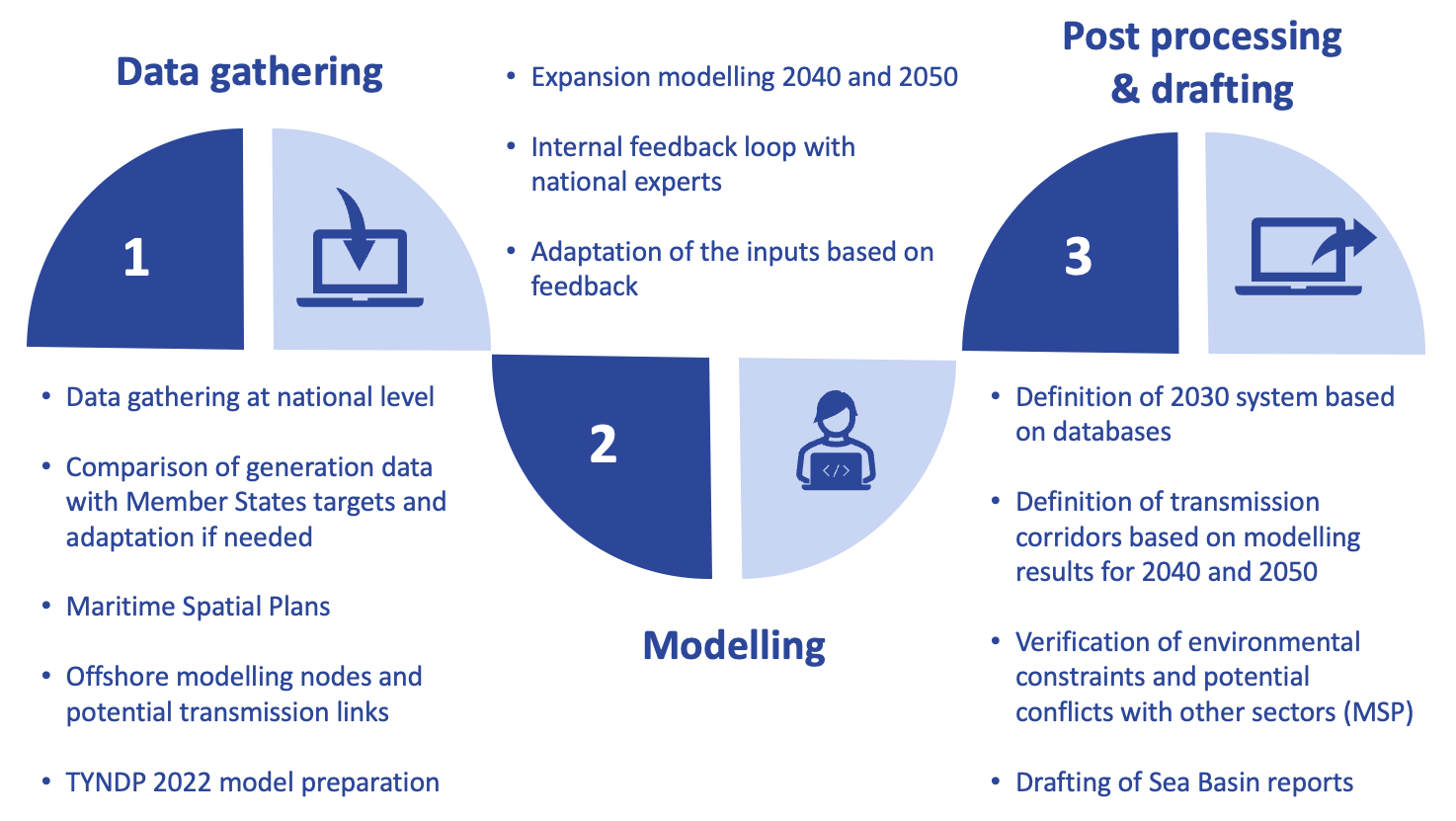 ONDP development has involved EU Member States, the European Commission and TSOs. Additionally, key stakeholders, including ACER, the wind industry with WindEurope and the Renewables Grid Initiative have been involved in the process and two public events have been organised to engage a broader circle of stakeholders.
ONDP development has involved EU Member States, the European Commission and TSOs. Additionally, key stakeholders, including ACER, the wind industry with WindEurope and the Renewables Grid Initiative have been involved in the process and two public events have been organised to engage a broader circle of stakeholders.
 ENTSO-E
ENTSO-E